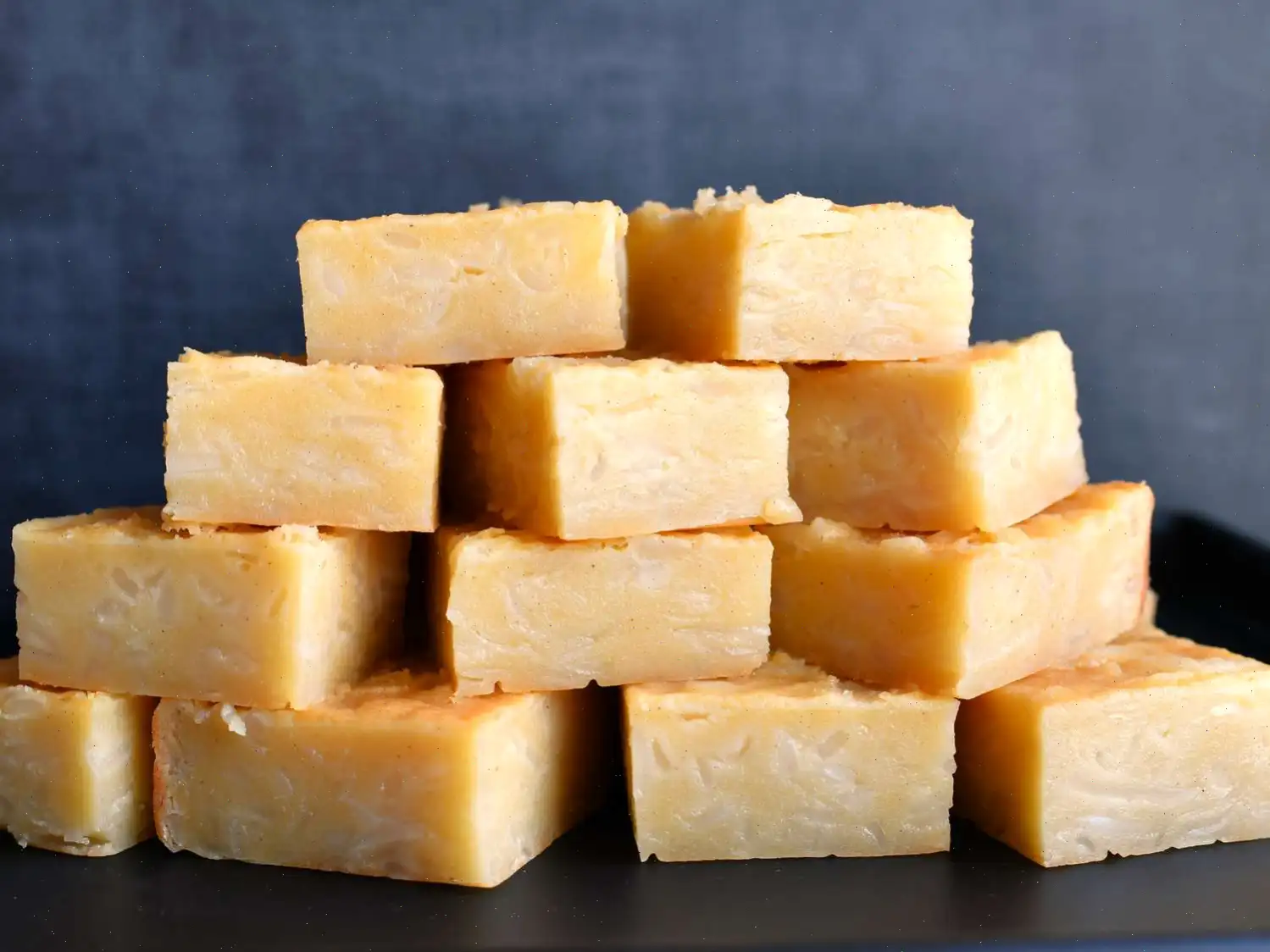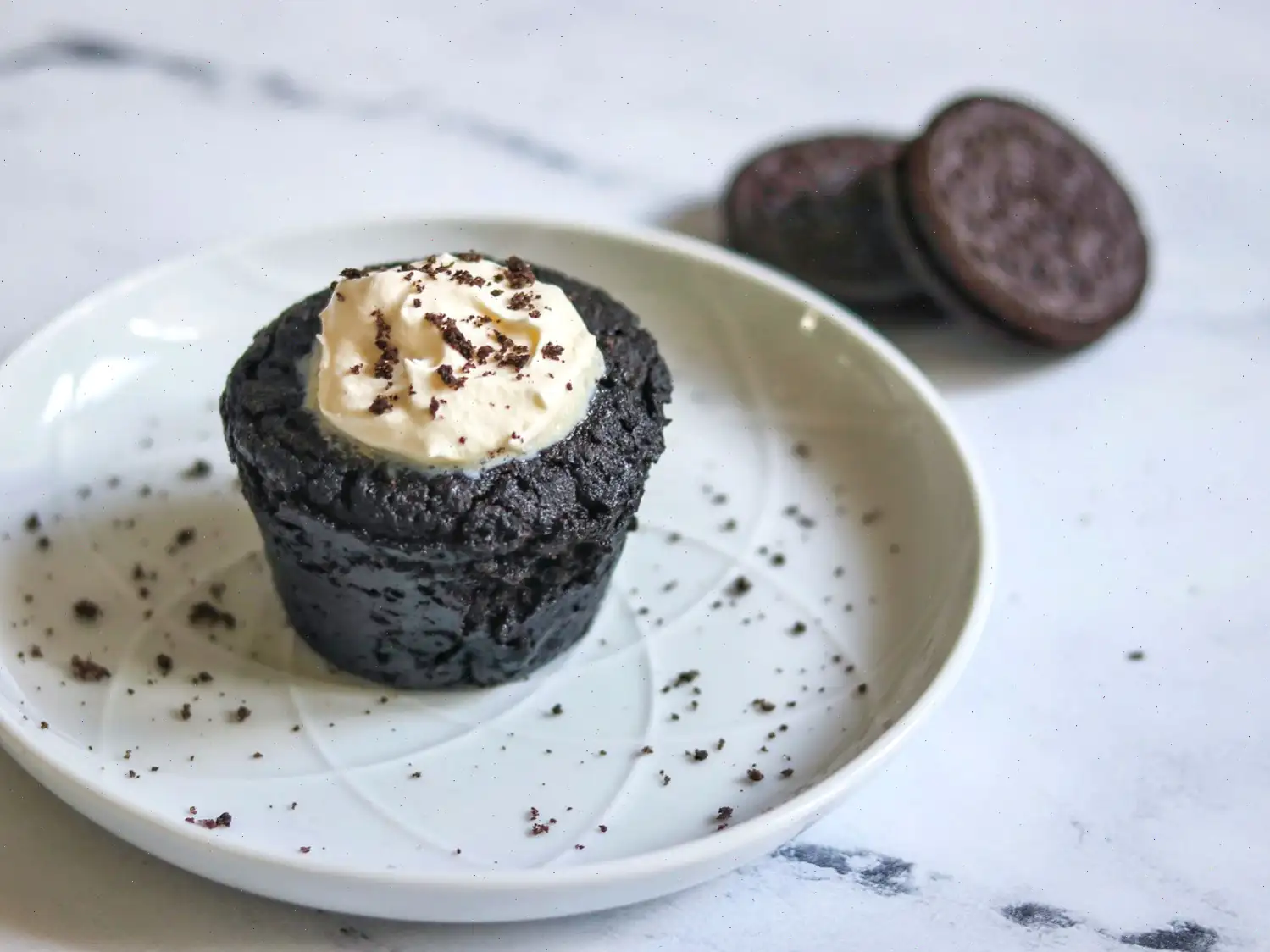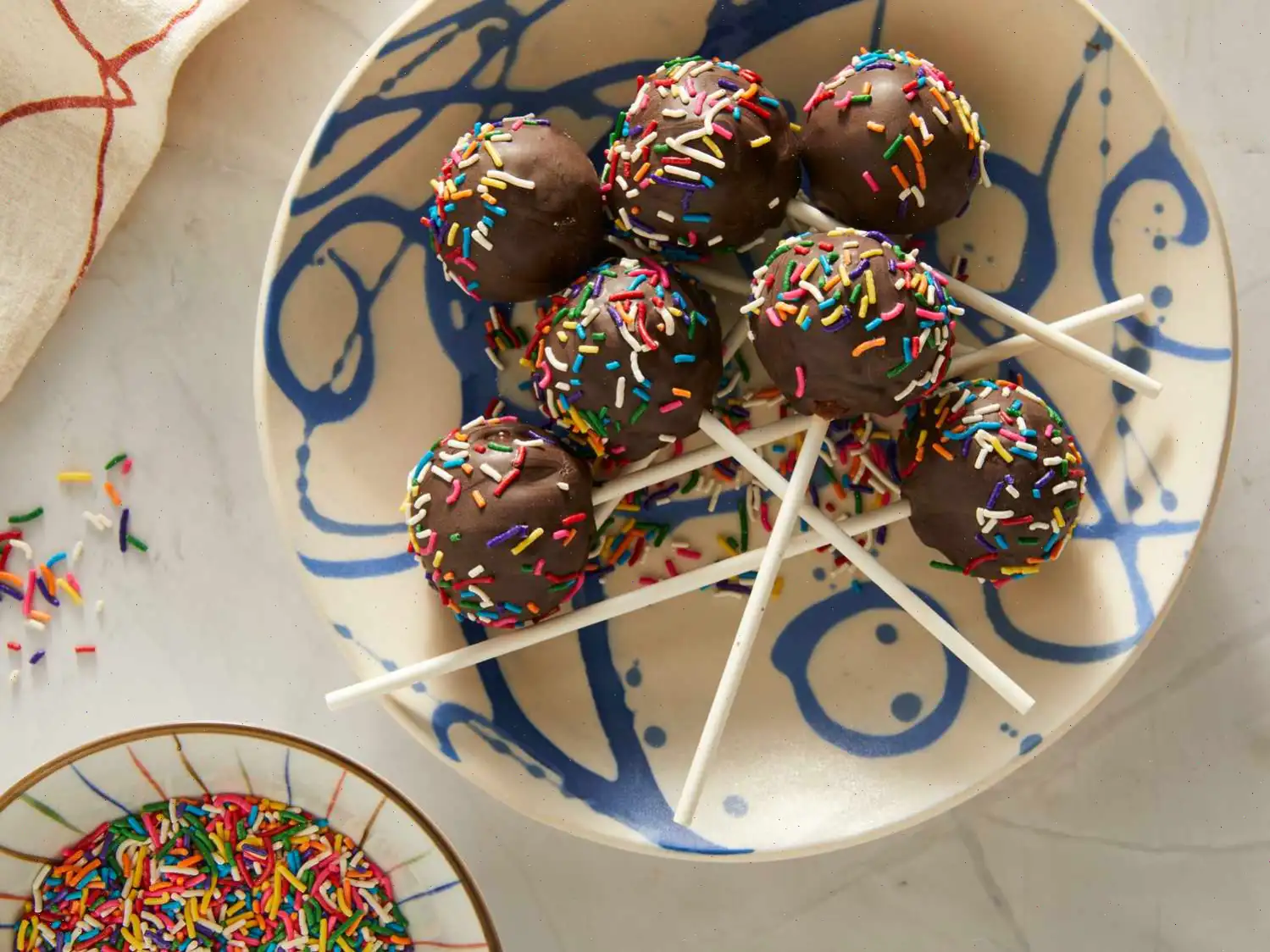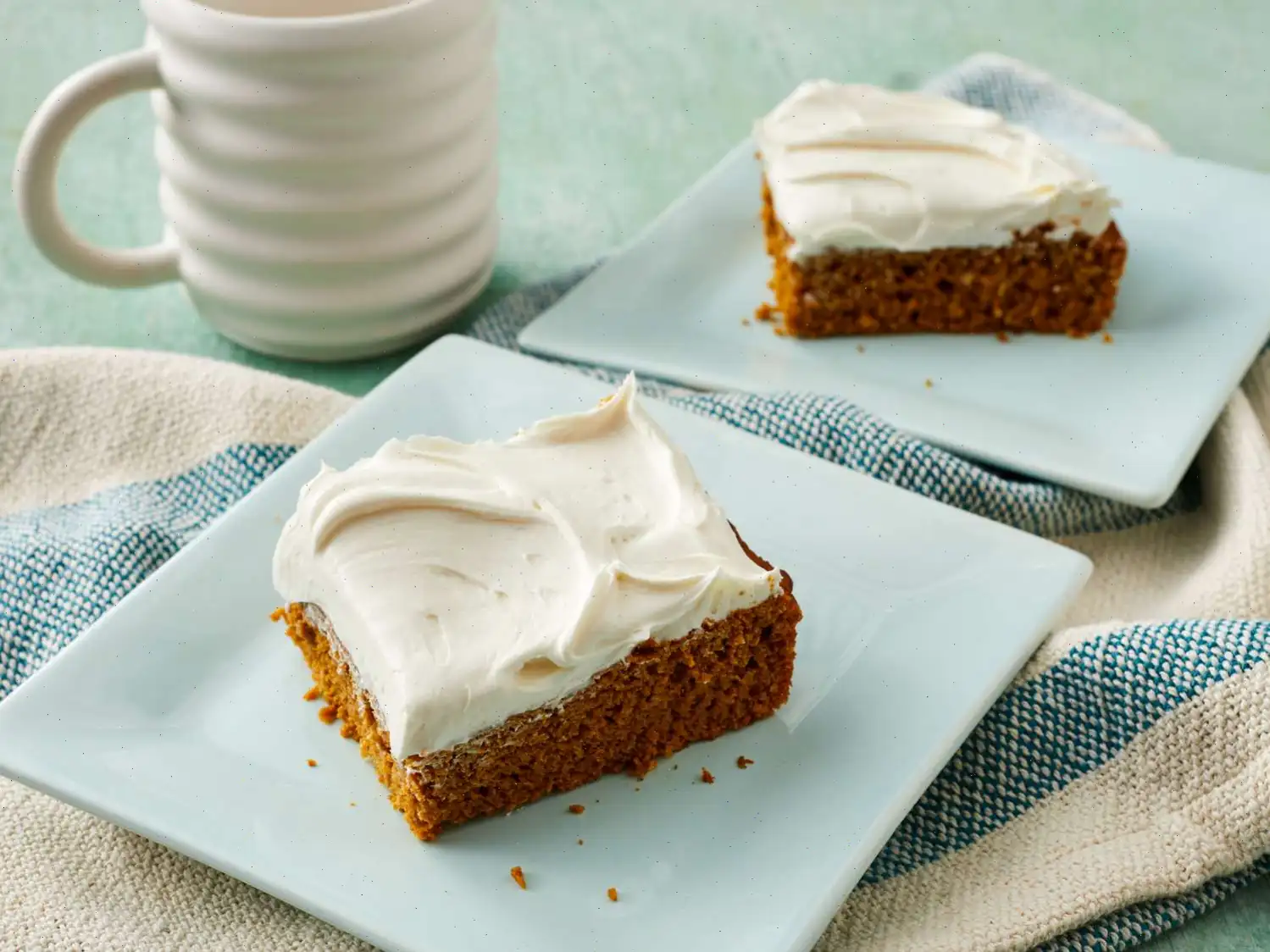
Chewy Coconut Bibingka (Filipino Rice Cake) Recipe
Macapuno Cake
Ingredients
- 1 (13.5 ounce) can coconut milk
- 1 (14 ounce) can sweetened condensed milk
- 1 stick butter, melted
- 4 eggs
- 2 (12 ounce) jars macapuno strings in heavy syrup
- 2 cups sweet rice flour (mochiko)
- 1 cup packed brown sugar
- 1 tablespoon vanilla extract
Directions
- Preheat the oven to 350F (175C). Butter a 12x17-inch rimmed baking sheet.
- In a large mixing bowl, beat together the condensed milk, coconut milk, and melted butter until fully combined.
- Add the eggs one at a time, beating well after each addition.
- Add the macapuno, one jar at a time, and mix until fully incorporated.
- Gradually stir in the mochiko flour until smooth.
- Add the brown sugar and beat until combined, followed by the vanilla extract.
- Pour the batter into the prepared baking sheet, spreading it evenly.
- Bake in the preheated oven for 45 to 50 minutes, or until the top is golden brown and the sides are slightly darkened.
- Allow the cake to cool for about 20 minutes before loosening the edges and cutting it into squares.
Recipe Tip
For an optional topping, mix a 14-ounce can of sweetened condensed milk with an egg yolk. Spread this mixture on top of the cake 20 minutes before it finishes baking.
Nutrition Facts (per serving)
| Calories | 304 |
| Total Fat | 10g |
| Saturated Fat | 7g |
| Cholesterol | 47mg |
| Sodium | 70mg |
| Total Carbohydrate | 50g |
| Dietary Fiber | 1g |
| Total Sugars | 18g |
| Protein | 4g |
| Vitamin C | 1mg |
| Calcium | 65mg |
| Iron | 1mg |
| Potassium | 126mg |
Note: Percent Daily Values are based on a 2,000 calorie diet. Your daily values may be higher or lower depending on your calorie needs.
The Chewy Coconut Bibingka is a popular Filipino dessert made primarily from rice flour, coconut milk, and macapuno, a type of coconut sport. This chewy and delicious rice cake is traditionally enjoyed during the Christmas season and can be found at food stalls, markets, and family gatherings across the Philippines. Bibingka is one of the many beloved Filipino rice cakes, each with its own regional variations and unique ingredients.
History of Bibingka
Bibingka has roots in the pre-colonial Philippines, where rice was a staple food. In its earliest form, bibingka was made from fermented rice batter and cooked over hot coals, often wrapped in banana leaves to impart a unique flavor. The name bibingka itself is derived from the Tagalog word for "rice cake." Over time, with influences from Spanish colonialism, coconut milk, eggs, and sugar were incorporated, giving rise to the sweet and savory version of the treat we know today. Its evolution mirrors the cultural exchange that took place during the Philippines' history, combining indigenous and foreign ingredients.
Regional Variations
Throughout the Philippines, bibingka is made differently depending on the region. While the base ingredientsrice flour, coconut milk, eggs, and sugarremain largely consistent, some regions add special touches. In some areas, bibingka is topped with salted duck eggs or cheese, giving it a sweet-salty flavor. In more coastal areas, macapuno strings (preserved coconut) are used for added texture and sweetness. The cooking method also varies: traditionally, bibingka is cooked in clay ovens or over coals, often inside banana leaves, but modern versions like the chewy coconut bibingka recipe are baked in conventional ovens for convenience.
Distinction from Similar Dishes
While bibingka is often compared to other Filipino rice cakes, such as puto and kakanin, it stands out for its rich, coconut-based flavor and chewy texture. Unlike puto, which is typically steamed and lighter in texture, bibingka has a denser, more custardy consistency due to the combination of rice flour and coconut milk. Another distinct feature of bibingka is its unique cooking methodtraditionally baked in a clay pot or on a banana leafversus other Filipino cakes that are steamed or fried. The chewy coconut version offers a softer, more indulgent mouthfeel compared to its firmer counterparts.
Where is Bibingka Typically Served?
Chewy coconut bibingka is commonly served as a snack or dessert in the Philippines, especially during the Christmas season. Its often sold at bibingka stalls around churches during Simbang Gabi (the nightly Mass leading up to Christmas), and it's a traditional treat enjoyed by families after attending services. Outside of the holidays, bibingka is also served at Filipino parties and gatherings. In Filipino homes, it is often paired with hot chocolate or salabat (ginger tea) for a comforting afternoon treat.
Interesting Facts
- Traditionally, bibingka was cooked inside clay ovens heated by firewood, giving it a distinct smoky flavor. Modern versions are typically baked in regular ovens.
- In addition to macapuno strings, which are a type of sweetened coconut, bibingka is sometimes topped with salted duck eggs or cheese to create a savory-sweet combination.
- In some regions, bibingka is also served with a dollop of margarine or butter on top to enhance its richness and flavor.
- The use of banana leaves in traditional bibingka recipes is not just for flavor; it also helps to prevent the rice cake from sticking and adds a fragrant aroma to the dish.
- Bibingka is considered a gluten-free dessert because its made with rice flour, making it a popular choice for those with gluten sensitivities.
Overall, the chewy coconut bibingka is a testament to the rich culinary heritage of the Philippines. It combines the unique flavors of coconut and rice in a comforting, satisfying dessert that continues to delight Filipinos and food lovers around the world.
FAQ about Chewy Coconut Bibingka (Filipino Rice Cake) Recipe
Comments
Timothy White
07/01/2023 09:29:11 AM
This recipe is a perfect snack or dessert, just as described! I have fond memories of enjoying chewy rice flour and coconut confections as a child, and this recipe certainly brings back those nostalgic flavors. It's also a great option for my husband who has a gluten sensitivity, allowing him to indulge in something delicious. I decided to halve the recipe and bake it in three smaller square pans instead of one large one. Not only did they bake in half the time, but we were able to enjoy them even sooner!
Paul Hernandez
03/11/2025 12:21:56 AM
The recipe was okay, but I was let down when I followed the instructions to bake it on a sheet pan, resulting in the bibingka being too thin. I gave it another try in a 13 x 9 pan, and it turned out much better, giving a more traditional outcome.
Jerry Rivera
10/19/2022 07:20:22 AM
The first time I tried this recipe, I only had one jar of macapuno. It turned out decent, but a bit dry. For my second try, I used two jars of macapuno. The result was perfect, although a little too sweet for my taste. Next time, I'll probably cut down the brown sugar by half.








